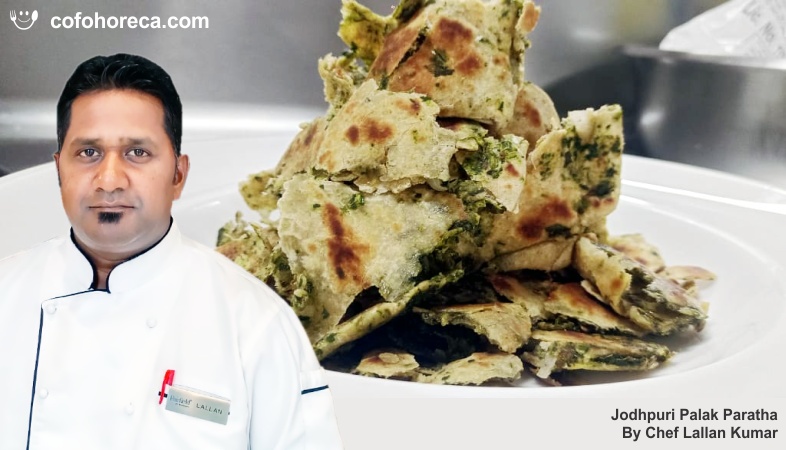SHARE
Commercials
More Posts
Jan 30, 2025
Vegan Ravioli - By Chef Manoj Rathore
Jan 29, 2025
Sumit Kumar Joins Radisson Blu as Restaurant Manager
May 04, 2025
Jodhpuri Palak Paratha - By Chef Lallan Kumar
May 30, 2025
The Impact of Temperature and Humidity on Baking
Jan 30, 2025
Vegan Ravioli - By Chef Manoj Rathore
Jan 29, 2025
Sumit Kumar Joins Radisson Blu as Restaurant Manager
May 04, 2025
Jodhpuri Palak Paratha - By Chef Lallan Kumar
May 30, 2025
The Impact of Temperature and Humidity on Baking
Jan 30, 2025
.png)



























